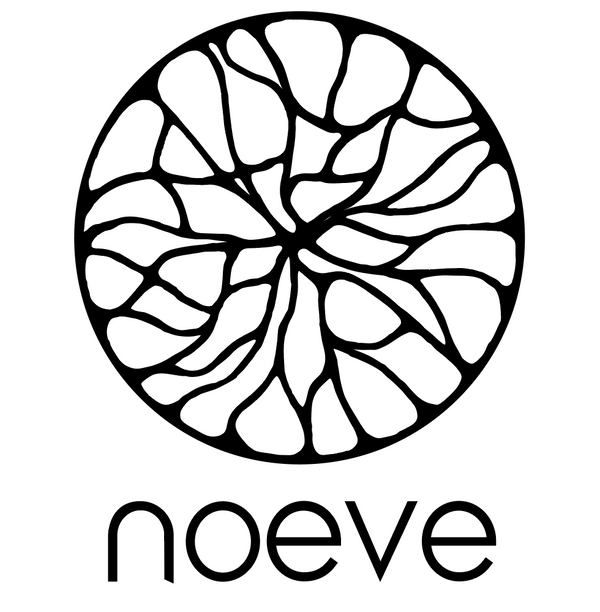HIDIRO
\\BIOGRAPHY
HIDIRO (Nicolas Hidiroglou) is a French photographer, director and producer born in Paris.
At the age of 10, he was given a ZENITH 3 M camera and then a BEAULIEU SUPER 8 camera when he was 16. Of Greek descent (his grandfather was Greek), his works include portraits, fashion photography, photo essays and photojournalism. He still works on many music videos and films. He has worked with many magazines around the world and has designed many album covers and music videos for international musicians. He has also made feature films.
While studying cinema, he made important connections, such as meeting Henri Alekan, who gave courses at the Cinémathèque de Chaillot, or Nestor Almendros. Almendros is part of the "Fuji Club", which tries to compete with Kodak films, along with prestigious students and teachers. He remained passionate about these 2 iconic legends’ photographic style and everything he learnt from them. At 21, while making experimental films with his partner Simon Liberati, he took pictures of his family and friends and was soon receiving calls from the most important magazines of the time: the legendary "Actuel", Glamour and Libé, where he was offered to take pictures of Paris in the 90s: actors, designers, musicians and fashion series.
This experience meant he soon went international: at 25 years old, he designed images and covers for magazines such as "The Face", which were previously reserved for elite international photographers, such as Nick Knight, Mario Testino or David La Chapelle. He quickly found himself backstage at prestigious fashion shows, such as those of Azzedine Alaïa with William Klein, whose work he admired. They were the only two photographers allowed in this private area.
He then became Citizen K's main photographer, rubbing shoulders with Jean-Baptiste Mondino, Nick Knight and Karl Lagerfeld.
He worked on developing Daft Punk’s image by creating all the group's first visuals, alongside Thomas Bangalter, including the famous Homework cover in 1998, a historical record that they would spend more than a week conceptualising, and they went on the metro to Samaritaine to buy the finishing touches for the visuals that they had prepared in Thomas' room. Etienne Daho asked him to create all his visuals (covers, posters, press) and after that, he formed an undeniable loyalty to the artist: he recommended HIDIRO to Jacques Dutronc for a music video project that Dutronc loved and that HIDIRO would never go on to do. At that time, Jacques Dutronc won a prize for his interpretation of Van Gogh de Pialat and stopped working on promotional material. He withdrew to Corsica. The funny thing is that HIDIRO continued to be called to do music videos based on his work for Dutronc that he did not end up doing.
In the 2000s, HIDIRO travelled to the United States a lot and did many portraits of international artists (Mariah Carey, Robert de Niro, Lauryn Hill)
His images are precise and often tinged with nostalgia, as he looks for a sense of mystery and knows that the still image is “nothing more than a memory". With no real career plan, HIDIRO spent a happy, rich and fruitful era experimenting with different subjects, all the while systematically seeking depth or mystery. The still image is already a frozen point in time for him, he is looking for the photo of tomorrow.
\\ FASHION
Hidiro has always had a cinematographic approach to fashion photography, looking to find a narrative, meaning and capturing the magic of the moment. He has designed many different fashion shots, campaigns and catalogues. Fashion is a lab for him, a cinematographic playground where he can play around to find that perfect narrative by capturing the magic of the moment. Many campaigns and catalogues testify to the importance of his work at a time when he had already moved on to his next challenge, going back to the cinema of his childhood.
\\ MOVIES
From 2008 he took a step closer to the world of cinema. Drawing on his experience of writing a screenplay when he was younger, he collaborated, co-produced and helped with directing and creating the music for several feature films (Bas-Fonds - Manhattan Romance and La Belle Occasion). HIDIRO brings a kind of full perspective to a film and showcases his expertise in production and direction. It was at this stage of his life that he founded his studio, NOVEL.
